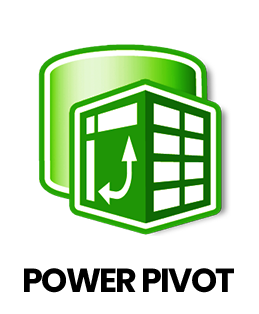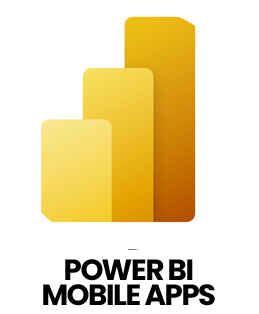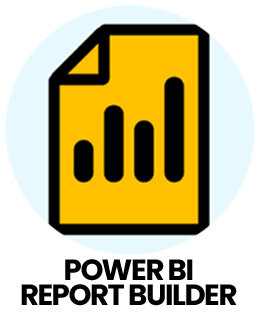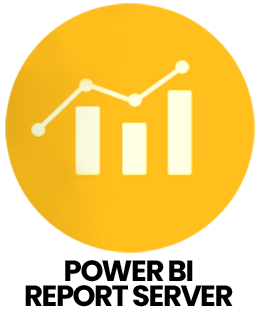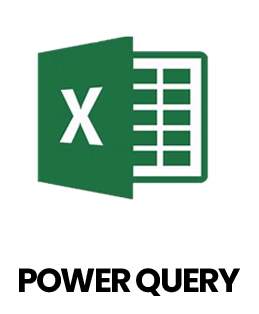1. How is Power BI different from Excel in terms of data analysis?
Ans:
Power BI offers advanced data visualization and interactive dashboards compared to Excel. It handles larger datasets, connects to multiple data sources and supports real-time updates, automation and easier report sharing, making it ideal for modern business intelligence.
2. How does Power BI handle data extraction and transformation through Power Query?
Ans:
Power BI uses Power Query to connect to data sources, clean, filter, merge or reshape data and then load it into the data model. This ETL process ensures the data is structured, accurate and ready for analysis.
3. What is DAX in Power BI and what are some commonly used functions?
Ans:
DAX is a formula language for creating measures and calculated columns in Power BI. Common functions include SUM(), AVERAGE(), CALCULATE() and IF(), which help build dynamic and intelligent reports.
4. How are relationships between tables set up in Power BI?
Ans:
Relationships link tables using common fields like IDs or codes. Power BI supports one-to-one, one-to-many and many-to-many relationships, enabling the creation of an accurate report by combining data from several tables.
5. What is the main difference between Import and DirectQuery modes in Power BI?
Ans:
Import mode loads data into Power BI for fast performance and offline use, while DirectQuery connects live to the data source for real-time updates. Import is faster, whereas DirectQuery is suitable for large, frequently changing datasets.
6. How do you add and use slicers in Power BI reports?
Ans:
Slicers are interactive filters that let users control report data. Drag a field into the slicer visual and users can click options to filter charts and tables dynamically without altering the report layout.
7. What is row-level security in Power BI and how do you use it?
Ans:
Row-level security (RLS) restricts data access based on user roles. You define roles and filtering rules in Power BI Desktop and allocate users to appropriate Power BI Service roles to ensure they see only relevant data.
8. What can you do if your Power BI reports are running slowly?
Ans:
To improve performance, reduce data model size, simplify DAX, limit visuals per page, enable query folding or use summary tables. Performance Analyzer in Power BI Desktop helps monitor and optimize report speed.
9. How do you publish and share Power BI reports with others?
Ans:
Publish reports from Power BI Desktop to the Power BI Service, then share via workspaces, direct access, Microsoft Teams, SharePoint or email subscriptions for easy collaboration.
10. What does Power BI Service offer and how is it different from Power BI Desktop?
Ans:
Power BI Service is a cloud platform for hosting, sharing and collaborating on reports. Desktop is used for creating reports, while the Service handles publishing, scheduling data refreshes and managing user access.




